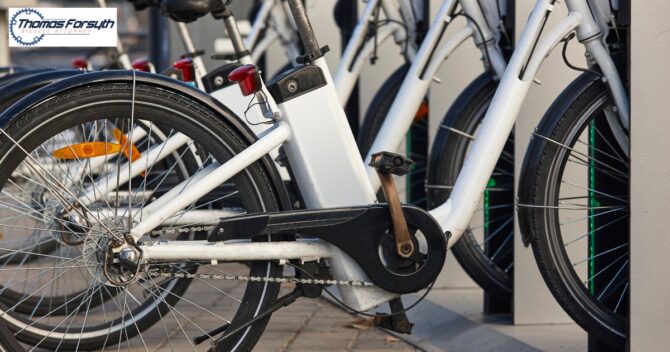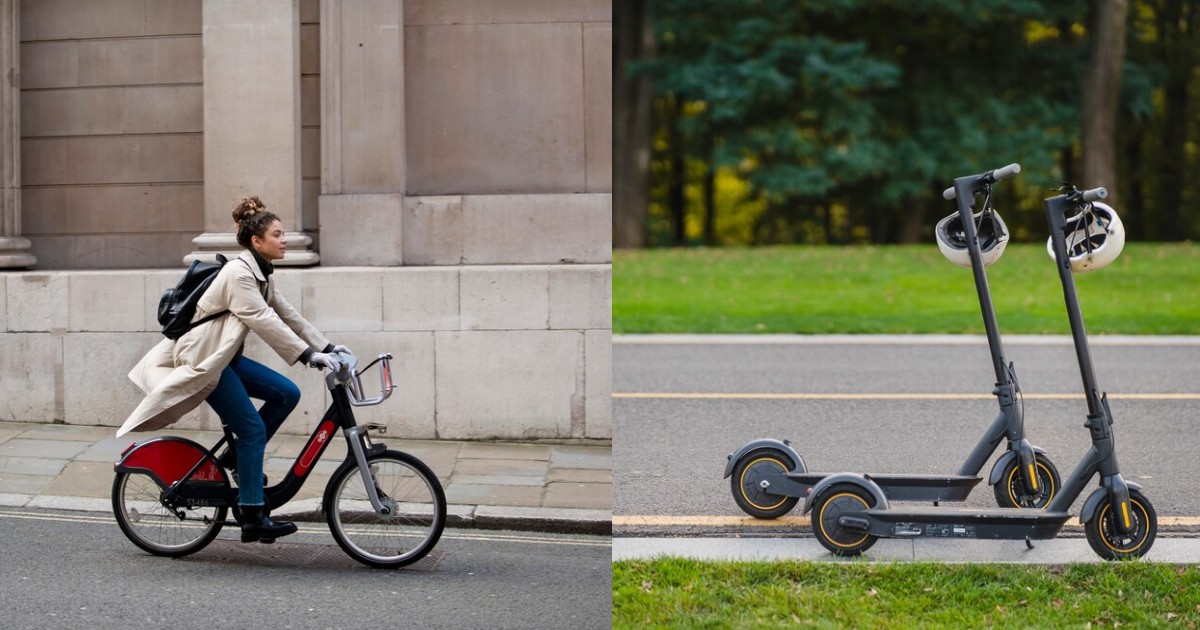
What are the Rules & Restrictions for Electric Bikes in California?
“A few months back, I represented a college student who was seriously injured while riding her Class 3 e-bike on a shared-use path in Los Angeles. She didn’t realize her bike wasn’t legally allowed on that specific trail. The city had failed to post any signs or warnings, yet the insurance company tried to pin the blame on her. Fortunately, we were able to prove that the city failed in its duty to inform riders of the restrictions—and she received the compensation she deserved.” – An incident that a legal representative from Thomas Forsyth’s firm shared.
This case wasn’t unique. It’s just one of many that show why knowing California electric bicycle laws is more than just about compliance—it’s about protecting your rights in case you’re ever involved in an accident. Let’s get to the specifics for you –
What Class Is Your E-Bike? It Matters More Than You Think
According to California Vehicle Code 312.5, electric bicycles are divided into three main classifications. These categories determine how your e-bike is treated under the law – and where it’s allowed to go.
- Class 1: Pedal-assist only, with no throttle, and a maximum speed of 20 mph
- Class 2: Throttle-assisted (you don’t need to pedal), also with a maximum speed of 20 mph
- Class 3: Pedal-assist only, but with a maximum speed of 28 mph—must be equipped with a speedometer
Why this matters:
Your e-bike’s classification plays a major role in determining where you can legally ride, whether or not you’re required to wear a helmet, and how you’ll be treated by insurance companies or courts in the event of a crash.
Must Read – Injured in an E-Bike Accident? Get the Legal Help You Need in California
Where Are You Allowed to Ride?
This is one of the most common questions riders ask to any California e-bike accident lawyer-and the answer heavily depends on your bike’s class, as well as local laws.
Class 1 & 2 Bikes:
- Generally permitted on bike paths, multi-use trails, bike lanes, and public streets
- Often allowed on shared-use paths and park trails, unless a local ordinance says otherwise
Class 3 Bikes:
- Can legally ride on roadways and Class II bike lanes (on-street)
- Prohibited from most bike paths and sidewalks—unless a local law specifically allows it
Always be sure to check the regulations in your city or county. For instance, cities like Los Angeles have particularly strict rules when it comes to sidewalk riding. Even if you’re cautious, being in the wrong place at the wrong time could hurt your case after a collision.
Age, Helmet, and Safety Rules You Must Follow
California law outlines specific age and helmet requirements depending on your bike’s class.
- Class 3 riders must be at least 16 years old and are required to wear a helmet at all times
- For Class 1 and 2 bikes, only riders under 18 are legally required to wear helmets, though we strongly recommend helmet use for everyone, regardless of age or bike class
Wearing a helmet not only protects your head—it protects your legal position too. Insurance companies are quick to argue that a lack of helmet use shows “negligence” on your part, even if you weren’t breaking the law.
How E-Bikes Differ from Scooters & Mopeds
Many riders—and even some drivers—don’t fully understand the distinctions between e-bikes, electric scooters, and mopeds. But legally, the differences are huge—and getting it wrong can jeopardize your insurance coverage and legal protections.
- Electric Scooters: Have a max speed of 15 mph, allowed in bike lanes, but prohibited on sidewalks
- Mopeds: Require a driver’s license, DMV registration, and insurance
- E-Bikes: If they fall within Class 1–3, they require no license or registration
If you’re riding something that looks like an e-bike but exceeds legal speed limits or has been modified, you could be riding a vehicle that’s technically a moped or motorcycle under California law. That distinction becomes critical in the aftermath of an accident.
When Accidents Happen, What You Rode Can Affect Your Rights
After a collision, insurance adjusters will look for any technicality to reduce or deny your claim. If your bike was illegally modified to exceed speed limits, or if you were riding somewhere that your class of e-bike isn’t allowed, they may argue that you were at fault.
A skilled California e-bike accident lawyer can help ensure the full legal picture is presented—especially if you were riding legally and safely. In many cases, having an attorney who understands both the vehicle code and cycling laws can make the difference between a denied claim and a fair settlement.
Common Legal Pitfalls Riders Overlook
Here are two areas where I’ve seen riders unknowingly put themselves—and their claims—at risk:
1. Riding in Prohibited Zones
- Using Class 3 bikes on pedestrian trails, hiking paths, or natural reserves
- Riding on sidewalks in cities where it’s banned
- Entering state parks or protected areas with e-bike restrictions
2. Misusing Speed or Throttle Functions
- Installing aftermarket modifications that allow speeds above legal limits
- Engaging the throttle in areas where only pedal-assist is permitted
- Ignoring posted local speed limits or violating terrain-specific rules
Even if your intent was innocent, violations like these can be used against you during insurance negotiations or court proceedings. As an experienced California e-bike accident lawyer – we are here for you!
Legal Help When You Need It Most
At The Law Offices of Thomas F. Forsyth, we know the California electric bicycle laws, and specialize in helping injured cyclists handle the legal challenges that arise after an accident. Whether your crash was caused by a reckless driver, a dangerous road condition, or a misunderstanding of local bike laws, we’re here to make sure your side is heard.
We exclusively represent injured riders—not drivers or insurers. Our firm has a track record of winning bicycle injury cases across California, including high-profile cases in Los Angeles and beyond.
Protect Yourself by Staying Informed
As e-bike use continues to grow throughout California, so does the importance of riding responsibly and staying legally compliant. Understanding California’s electric bike laws not only helps you avoid citations, but it strengthens your position in the event of a serious accident.
If you’re ever unsure about where you’re allowed to ride, or how your e-bike’s configuration affects your rights, don’t guess. Reach out to a legal team that understands the nuances of California bicycle law and can offer the guidance you need-before or after something goes wrong.
Also Read – The Role of a Bicycle Accident Attorney: What to Expect and How They Can Help
FAQs
Are electric bikes legal in California?
Yes. Class 1, 2, and 3 e-bikes are legal statewide, as long as they comply with speed limits, motor output restrictions, and safety guidelines under California law.
Are 750 watt e-bikes legal in California?
Yes. E-bikes with motors up to 750 watts are legal—provided they meet the Class 1–3 criteria outlined in Vehicle Code § 312.5.
Do you need a license for a motorized bicycle in California?
Not if it’s a Class 1–3 electric bike. You only need a license for mopeds or gas-powered bicycles.
What is the code for electric bike in California?
The relevant law is California Vehicle Code § 312.5, which defines the classification and legal distinctions for electric bicycles in the state.



